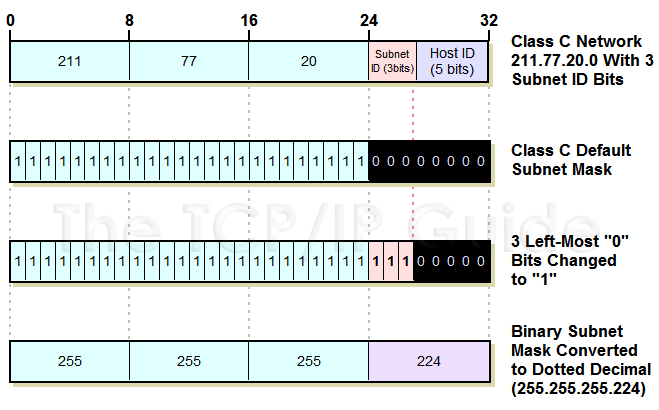 |
|
Please Whitelist This Site?
I know everyone hates ads. But please understand that I am providing premium content for free that takes hundreds of hours of time to research and write. I don't want to go to a pay-only model like some sites, but when more and more people block ads, I end up working for free. And I have a family to support, just like you. :)
If you like The TCP/IP Guide, please consider the download version. It's priced very economically and you can read all of it in a convenient format without ads.
If you want to use this site for free, I'd be grateful if you could add the site to the whitelist for Adblock. To do so, just open the Adblock menu and select "Disable on tcpipguide.com". Or go to the Tools menu and select "Adblock Plus Preferences...". Then click "Add Filter..." at the bottom, and add this string: "@@||tcpipguide.com^$document". Then just click OK.
Thanks for your understanding!
Sincerely, Charles Kozierok
Author and Publisher, The TCP/IP Guide
|
|
|

Custom Search
|
|
IP Subnetting Step #3: Determining The Custom Subnet Mask
(Page 1 of 2)
Once we have decided how many bits to use for the subnet ID and how many to leave for the host ID, we can determine the custom subnet mask for our network. Now, don't go running for cover on me. J A lot of people's eyes glaze over at mention of the subnet mask, but it's really quite simple to figure out once we have done our homework in making the design decision we did in Step #2. In fact, there are two ways of doing this; one is less work than the other, but they're both quite easy. I was going to call them the “hard” way and the “easy” way, but instead, I'll call them “easy” and “easier”.
Let's start with the “easy” method, in which we determine the subnet mask in binary form from the information we already have about our network, and then convert the mask to decimal. To refresh your memory and guide the process, remember this: the subnet mask is a 32-bit binary number where a 1 represents each bit that is part of the network ID or subnet ID, and a 0 represents each bit of the host ID.
Refer back to the Class C example in the previous topic. We decided to use 3 bits for the subnet ID, leaving 5 bits for the host ID. Here are the steps we will follow to determine the custom subnet mask for this network (illustrated in Figure 76):
|
- Determine Default Subnet Mask: Each of Classes A, B and C has a default subnet mask, which is the subnet mask for the network prior to subnetting. It has a 1 for each network ID bit and a 0 for each host ID bit. For Class C, the subnet mask is 255.255.255.0. In binary, this is:
11111111 11111111 11111111 00000000
- Change Left-Most Zeroes To Ones For Subnet Bits: We have decided to use 3 bits for the subnet ID. The subnet mask has to have a 1 for each of the network ID or subnet ID bits. The network ID bits are already 1 from the default subnet mask, so, we change the 3 left-most 0 bits in the default subnet mask from a 0 to 1, shown highlighted below. This results in the following custom subnet mask for our network:
11111111 11111111 11111111 11100000
- Convert Subnet Mask To Dotted Decimal
Notation: We take each of the octets in the subnet mask and convert
it to decimal. The result is our custom subnet mask in the form we usually
see it: 255.255.255.224.
- Express Subnet Mask In “Slash Notation”: Alternately, we can express the subnet mask in “slash notation”. This is just a slash followed by the number of ones in the subnet mask. 255.255.255.224 is equivalent to “/27”.
|
| |||||||||||||||||||
Home - Table Of Contents - Contact Us
The TCP/IP Guide (http://www.TCPIPGuide.com)
Version 3.0 - Version Date: September 20, 2005
© Copyright 2001-2005 Charles M. Kozierok. All Rights Reserved.
Not responsible for any loss resulting from the use of this site.







